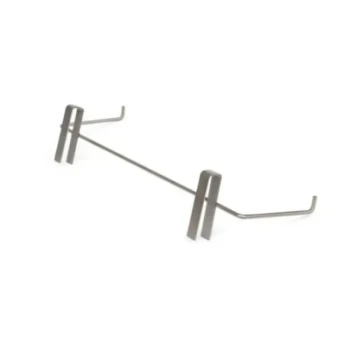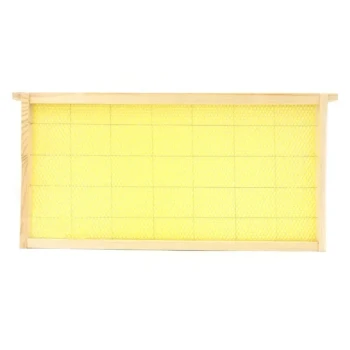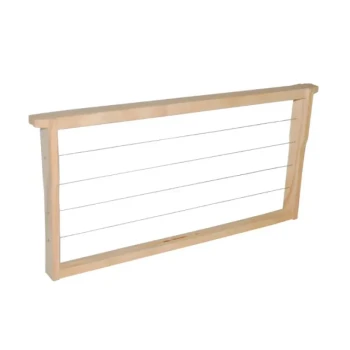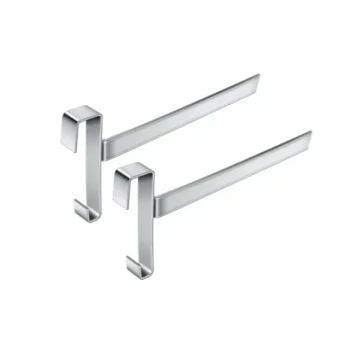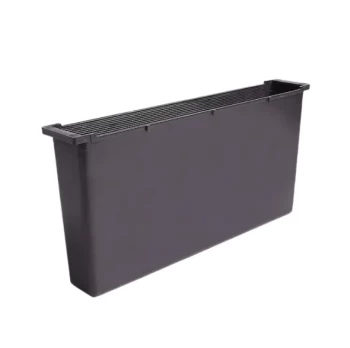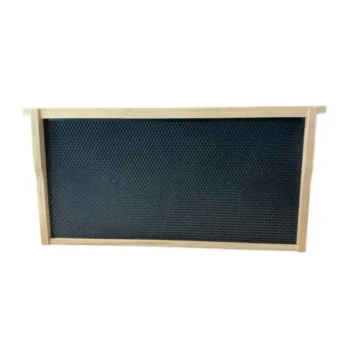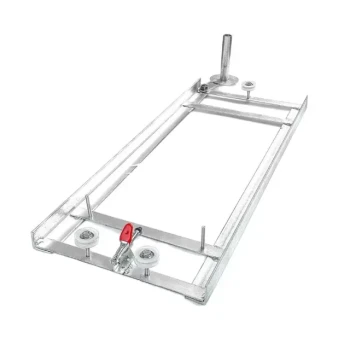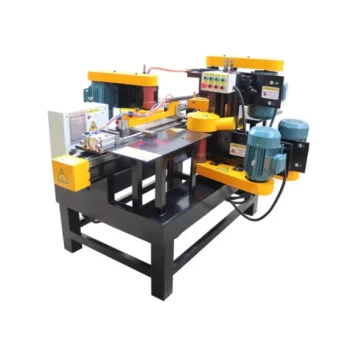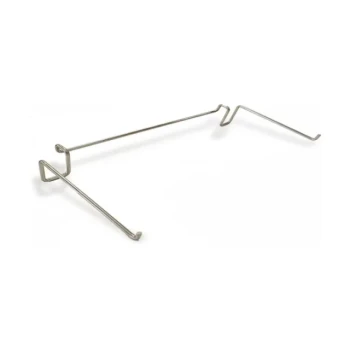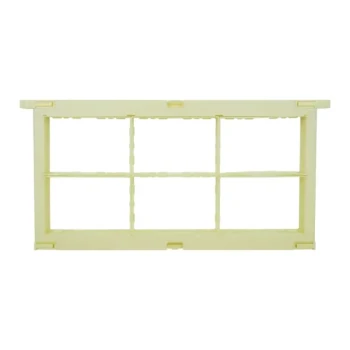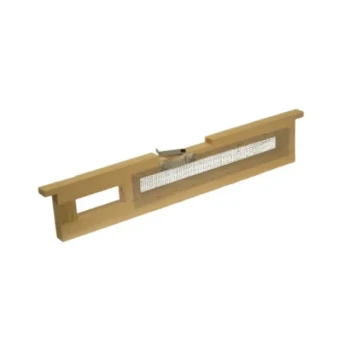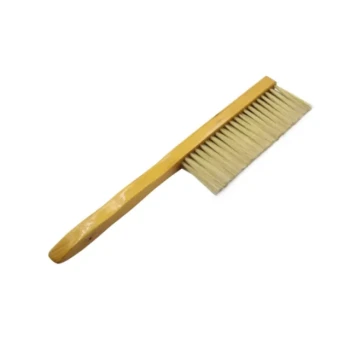On average, a single full Flow Frame yields approximately 3 kg (or 6.5 lbs) of honey. This is the expected amount you can harvest when the bees have completely filled and capped the entire frame. However, the actual amount can be even higher if the bees build out the comb beyond the frame's edges.
Your harvest from a Flow Frame is not just a function of its physical size. The final yield is a direct result of colony strength, nectar availability, and the bees' behavior, making the frame's capacity a useful benchmark rather than a guaranteed outcome.
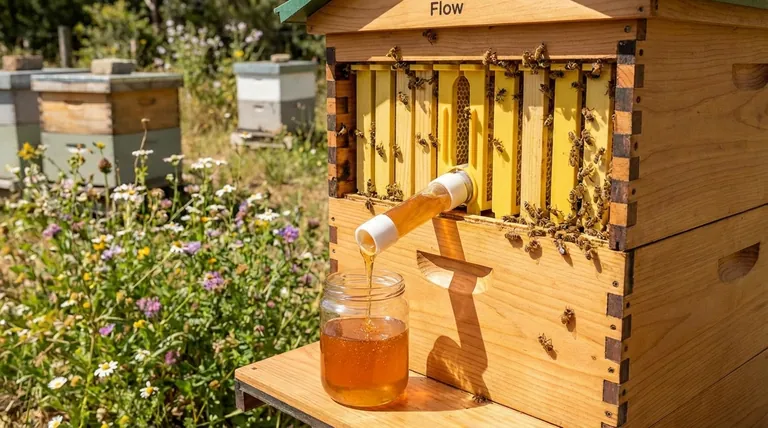
The Anatomy of a Flow Frame Harvest
Understanding why a Flow Frame holds this amount requires looking at its design and the factors that allow bees to fill it.
Stated Capacity
The official and widely accepted figure is 3 kg (6.5 lbs) per frame. This is based on the internal volume of the frame's plastic honeycomb matrix, which the bees fill with honey.
Flow Frames are designed to fit a standard Langstroth deep super, which is why their potential yield is comparable to a traditional deep frame, not a smaller medium or shallow frame.
Why Your Yield May Vary
The phrase "even more if the bees really build each frame out" is critical. The bees draw out the cells with their own wax before filling them. If they build this wax layer particularly thick, the total volume for honey increases, pushing your harvest above the 6.5 lb baseline.
Key Factors That Influence Your Actual Yield
The equipment provides the potential, but the bees and the environment determine the reality. Several external factors have a far greater impact on your honey harvest than the type of frame you use.
Colony Strength
A large, thriving colony with a prolific queen has the workforce necessary to forage for nectar, draw out the comb, and fill the cells quickly. A small or weak colony will struggle to fill even one frame, regardless of its capacity.
The Nectar Flow
Honey is concentrated nectar. If there is no significant nectar flow in your area due to weather, season, or a lack of flowering plants, the bees cannot produce surplus honey. The best equipment in the world cannot compensate for a poor environment.
Bee Acceptance and Behavior
Bees must first accept and "work" the Flow Frames by coating the plastic cells with their own beeswax. While most colonies adapt well, some can be slower to begin working on plastic frames compared to traditional wax foundation, which can delay the start of your harvest.
Understanding the Trade-offs: Flow Frame vs. Traditional
Your question about yield is often part of a larger question: "Is a Flow Hive better than a traditional hive?" The answer depends on your goals.
Yield per Frame
A single Flow Frame's yield of ~6.5 lbs is comparable to a fully filled traditional deep frame. It is significantly more than a traditional medium frame, which typically yields between 3-5 lbs. The key difference isn't the total potential volume but how you access it.
The Harvesting Process
This is the most significant trade-off.
- Flow Frame: Harvesting involves turning a key to crack the cells, allowing honey to drain out via a tube directly into a jar. The frame remains in the hive.
- Traditional Frame: Harvesting is a multi-step, labor-intensive process. You must remove the frames, cut the wax cappings off, place the frames in an extractor to spin the honey out, then filter and bottle it.
Effort and Colony Disturbance
The convenience of the Flow Frame is its primary advantage. The process is clean, fast, and causes minimal disturbance to the bees, as the hive does not need to be opened. Traditional harvesting is disruptive, time-consuming, and requires significant cleanup and specialized extraction equipment.
Making the Right Choice for Your Goal
Setting realistic expectations is the key to a successful beekeeping experience. Your focus should be on what you want to achieve.
- If your primary focus is convenience and minimal disturbance: The Flow Frame is an excellent choice, offering a high yield per frame with unparalleled ease of harvest.
- If your primary focus is minimizing equipment cost: A traditional setup is less expensive upfront, but you must be prepared for the labor and additional equipment required for extraction.
- If your primary focus is maximizing total honey production: Your success will depend on skilled beekeeping—managing for strong colonies and understanding local nectar flows—not on the specific type of frame you use.
Ultimately, healthy bees in a resource-rich environment are the foundation of any successful honey harvest.
Summary Table:
| Aspect | Flow Frame | Traditional Deep Frame |
|---|---|---|
| Average Yield per Frame | ~3 kg (6.5 lbs) | ~3 kg (6.5 lbs) |
| Harvesting Process | Turn a key; honey drains directly into a jar | Remove frames, uncap, spin in an extractor |
| Colony Disturbance | Minimal | High |
| Required Equipment | Flow Hive setup | Hive, uncapping tools, extractor, filters |
Ready to experience the convenience of harvesting honey with minimal disturbance to your bees?
At HONESTBEE, we supply commercial apiaries and beekeeping equipment distributors with the high-quality, wholesale-focused supplies needed for success. Whether you're considering upgrading to Flow Hive technology or need reliable traditional equipment, our expertise ensures you get the right tools for your operation.
Contact our team today to discuss your needs and discover how we can support your beekeeping business with efficient, productive solutions.
Visual Guide

Related Products
- 7 x Auto Bee Flow Hive Frames Plastic Beekeeping Hive Box Supplies
- Plastic Bee Frame Beekeeping Hive Frames for Wholesale
- Heavy-Duty Stainless Steel Clip-On Frame Perch
- Assembled Wooden Bee Frames with Beeswax Foundation Ready to Use by HONESTBEE
- Mini Desktop Bee Hive Frame Forming Making Machine
People Also Ask
- What are Flow Frames and how do they work? A Gentle Way to Harvest Honey
- How do you clean plastic frames? A Gentle Guide to Preserving Your Frames
- What is the role of oxalic acid in plants? A Key to Plant Defense and Internal Regulation
- What are the advantages of using an Auto Flow Hive? Experience Gentle, On-Tap Honey Harvesting
- How long does it take for bees to fill a Flow Hive? A Guide to Realistic Timelines


